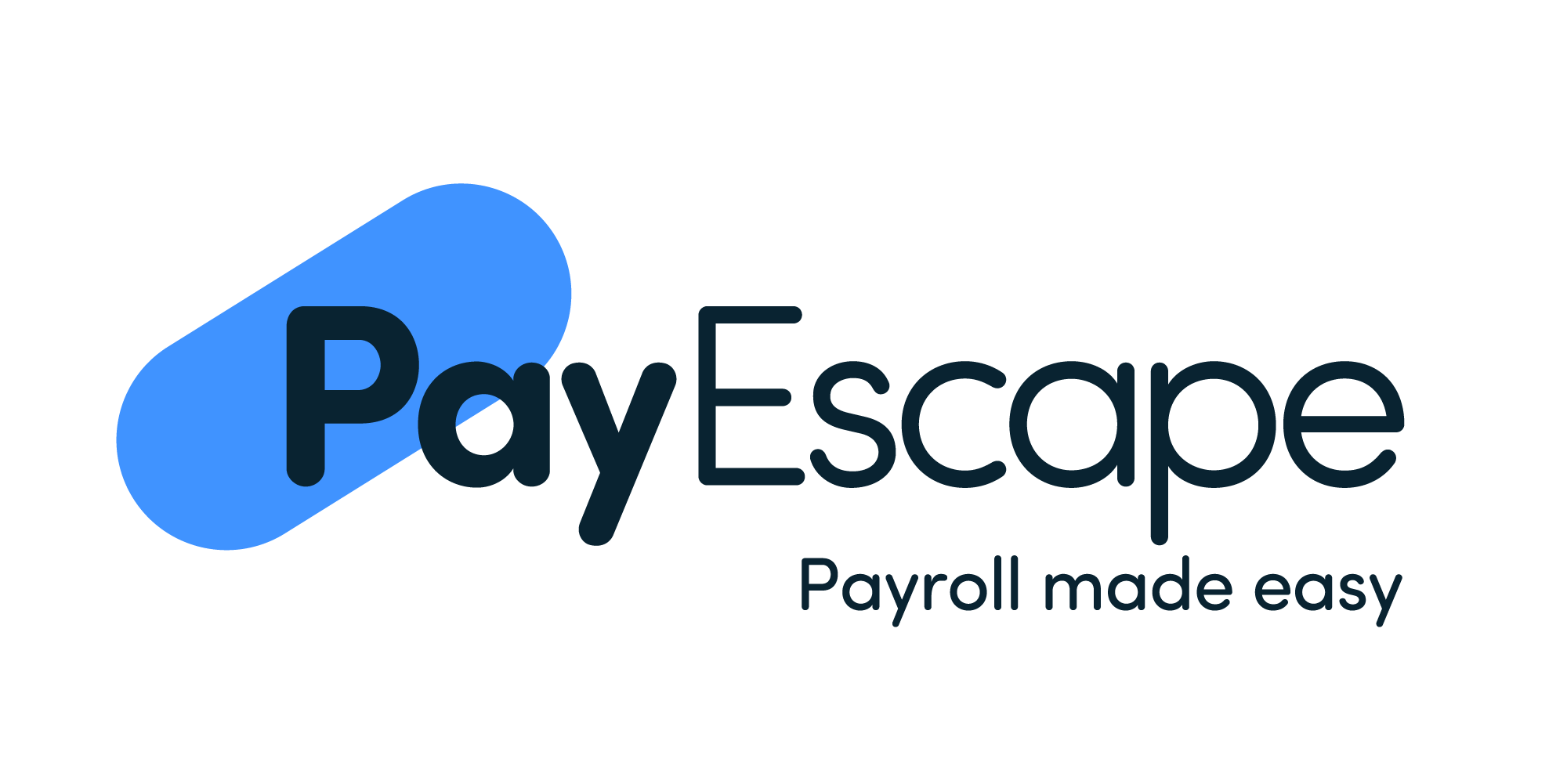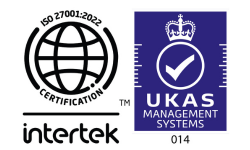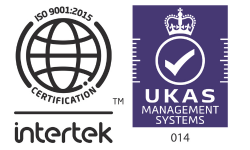
Ensuring your payroll is performed correctly is essential to keeping a business alive. No matter how reliable your payroll software is, if you make any mistakes like inputting data incorrectly you may run into a few problems.
One way in which you can prevent these issues is by conducting a payroll audit. This can highlight any issues within your payroll, allowing you to solve them as soon as possible, helping you minimise the effects they have on you and your company. Due to this, we’ve put together some key information you’ll need to know before conducting a payroll audit.
What is a payroll audit?
A payroll audit is the analysis of a company’s payroll processes to make sure they’re accurate. The audits can look at things like active employees, pay rates, wages and tax withholdings. Audits should be completed at least once a year to review whether your processes are up-to-date and compliant with the latest rules and regulations.
Benefits of undertaking a payroll audit
It’s clear that completing a payroll audit is important and can have many benefits for both businesses and staff, such as:
● Preventing fraud by removing employees that don’t work for you anymore
● Finding manual errors
● Verifying tax deductions are correct
● Checking whether any paid or unpaid leave has been calculated and given fairly
● Checking employees clocking in and out hours are correct compared to what they were put down for on a rota
Not completing a payroll audit could lead to you finding issues too late or not at all, causing your company to lose money, break employment laws or remit incorrect tax amounts.
Payroll audit checklist
When completing a payroll audit there are a few procedures you should follow, such as:
Reviewing who’s still on your payroll
Reviewing your payroll list allows you to understand whether you still have people on the list that don’t work for you anymore. This is helpful as some employees commit payroll fraud through adding fake employees to your payroll, so it’s important to keep an eye out for that. A great way of checking this is through comparing your payroll list to your data list of current staff and removing any extra employees.
Analysing your data
When conducting a payroll audit you’ll need to analyse your payroll data. Things you should look at analysing include:
● Making sure employees are paid correctly
● Checking pay rates are up-to-date and match employee records
● Making sure employees worked the hours they say they did
Double checking time is being labelled correctly
It’s important to check whether recorded time is being labelled correctly within the payroll system. For example, logged time off needs to be verified by type, such as sick leave, maternity or paternity leave and holiday. These need to be differentiated as pay rates can differ depending on the reason for leave/time off.
Compare your payroll records
A great way to see if there are any issues within your payroll is by comparing your payroll records with your business’ general ledger. If these records don’t match then there could be discrepancies within your payroll. You can also compare your payroll records with your bank statements to see if these match up as well.
Check that employees tax and deductions are correct
Ensuring employees have been taxed correctly and have had the right deductions made will help you understand whether you have been paying your staff correctly and if your payroll records and actions are accurate. If you’re looking to simplify your payroll processes to ensure employees’ are paid correctly and you stay compliant to payroll regulations, our payroll software at PayEscape could be perfect for you!
Restructuring Payroll and HR Operations
Payroll and HR are both essential parts of making a business successful, however they’re often overlooked when it comes to making improvements such as restructuring operations. Due to improvements not being made, tasks tend to be duplicated causing potential complications. Making improvements and restructuring payroll and HR operations helps to simplify operations and uncover inefficient or redundant efforts relating to payroll, HR and compliance, across organisations.
Software Platform
When it comes to restructuring payroll and HR operations, the best thing to start with is considering what systems or software your HR and payroll teams use. If you’re using separate systems, can these be integrated to help simplify processes and reduce duplicated tasks? Furthermore are there any manual processes still being undertaken and can they be completed through automated processes? Despite people tending not to update or improve their payroll and HR processes, making even the smallest of changes can be key to businesses operating successfully and ensuring staff satisfaction.
Integrating payroll, HR, and time management allows businesses to enter employee details into one system, track and create reporting within the platform, and seamlessly view employee data securely in one place. Take a look at our time and attendance software to see how you can integrate your payroll and
HR systems smoothly.
Reporting Functionality
If you’re still relying on manual entry you’ll suffer from not receiving real-time reports and data. Filling in spreadsheets manually leaves room for errors and data is usually outdated by the time a spreadsheet is completed. At Payescape, reporting functionality is built into businesses’ payroll and HR systems so that teams can create custom monthly and quarterly reports for HMRC, to provide to leadership teams and to give insight to cross-functional teams across the business. If you think your company should move to outsourced payroll, read our blog on how to write a winning business case for outsourcing payroll.
Integration Capabilities
Integrating systems that require the same data is a great way to simplify processes and reduce tasks. For example, payroll, time attendance and HR systems usually require the same employee data, highlighting the need to integrate systems. If your systems currently aren’t integrated, this is your sign to restructure your HR and payroll systems. Restructuring your systems will help streamline your HR, time attendance and payroll softwares and processes, helping to ensure compliance and reduce manual work across your business.
How often should you run a payroll and HR audit?
While payroll and HR teams are busy managing company operations, it can be challenging to stop and take time to audit processes and look for improvements. Sometimes the largest functions like payroll and HR admin are using outdated tools that are not as efficient as they could be or using redundant processes that could be wasting resources.
So when is it the right time for a payroll audit?
The frequency of conducting payroll audits can vary depending on factors such as the size of the company, industry regulations, and internal policies. However, a common practice is to conduct payroll audits at least once a year. Some companies may opt for more frequent audits, such as quarterly or semi-annually, especially if they have complex payroll processes, a large number of employees, or operate in highly regulated industries.
Here are a few factors to consider when determining the frequency of payroll audits:
- Company size and complexity: Larger companies with extensive payroll systems and a higher number of employees may benefit from more frequent audits to ensure accuracy and compliance.
- Regulatory requirements: Industries with stringent regulations, such as healthcare or finance, may require more frequent audits to maintain compliance with legal and industry standards.
- Risk assessment: Conducting risk assessments can help identify areas of vulnerability in the payroll process. If there are high-risk areas prone to errors or potential fraud, more frequent audits may be necessary to mitigate risks.
- Internal controls: Strong internal controls can reduce the likelihood of errors or fraud in payroll processing. Regular audits help evaluate the effectiveness of these controls and identify areas for improvement.
- Changes in law: Changes in tax laws, employment regulations, or company policies may necessitate more frequent audits to ensure compliance and adapt to new requirements.
Getting started on payroll audit
So, we’ve covered the payroll audit checklist, and how often you should run an audit, let’s get started on the main, most important steps.
Step 1: The first place to start is by reviewing the technology your teams are using for payroll and HR.
- Are there manual processes to connect systems?
- Is the employee data being added to multiple systems?
With duplicate processes and manual data entry your teams are at risk for payroll and HR admin errors, but your employee data is also at risk from a security standpoint.
The most efficient way to manage employee data is to use integrated cloud-based tools that provide one system of record for the organisation, automated updates when regulations change, and reporting functionality so you can view payroll and HR data in real time.
Look for a solution that offers self-service functionality so employees can make changes to personal or bank details, so your teams don’t spend time on data entry.
Step 2: The second area of opportunity is reporting upgrades. Most payroll and HR teams have to use spreadsheets or manual processes to create reports each month. By the time the reports are created, the data is already a month old!
Using integrated, cloud-based technology can provide your teams with custom payroll and HR reporting for monthly and year-end requirements. You can view data in real-time, track costs, spot trends, and manage compliance all in one software.
Step 3: Third, identify the gaps within your business. Identifying gaps and ways to improve can reduce time your team spends on data entry and redundant processes and improve overall efficiency in your operations.
As your business grows, you need integrated technology, real-time reporting, and compliance solutions. Talk to our team about improving your payroll and HR admin functionality with cloud-based software, customised reporting, and compliance resources.
It all starts with your payroll software
Is your team using any manual processes or is there redundancy between teams using the same employee data? Using a cloud-based platform that integrates with other company systems can be the first step in simplifying data management and security and reducing duplicate processes within the organisation.
Cloud-based integrated software can also provide automated updates to regulations and statutory requirements, reducing the need for manual updates.
Employees can make changes to personal details using a self-service portal, and have access to real-time data to view costs and identify potential issues.
Here at PayEscape, our payroll services help you stay compliant, while ensuring you’re paying your team correctly and on time. Get in touch with PayEscape today to see how restructuring your payroll and HR operations can help improve your company.

















